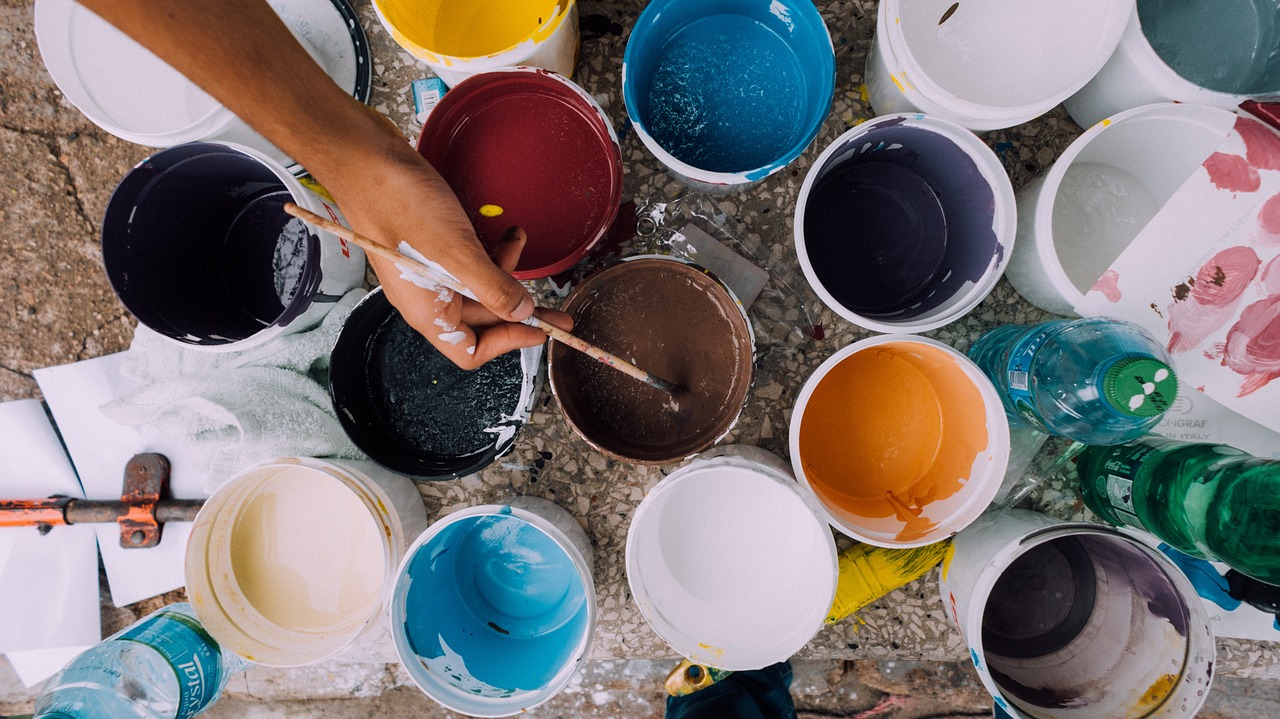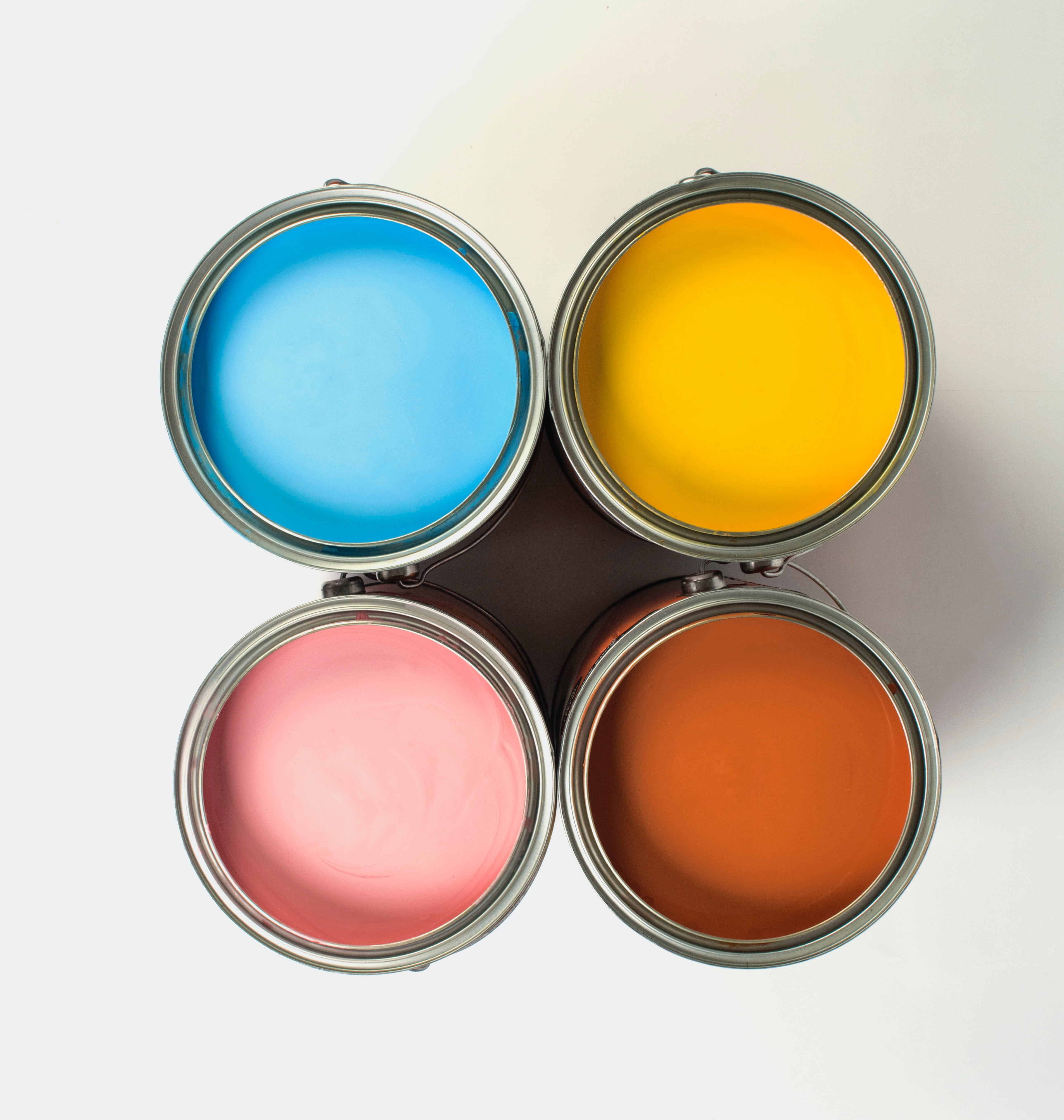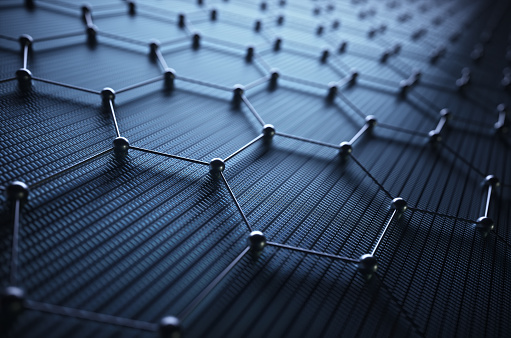Properties of Paint
For today’s material, I will be discussing paint. Almost everyone has had some sort of encounter with substance. Whether it is on the street, in your house, in your phone, in your clothes, paint is everywhere. Paint has been in use for over 20,000 thousand years. First made from natural materials such as charcoal, berries, and blood, paint was used for decoration or as a protective coating. Now paint has grown to be more innovative and has also gained many more uses. Today we will discuss different types of paint, components of paint, qualities of paint, and how paint is created.

There are four main qualities of paint: hiding power, color, resistance, and application. For paint to be at its best, it must have good hiding power, meaning that the pigment must be thick and not watered down. As well it needs color and resistance, meaning it is durable under intense conditions. Lastly, paint needs to have an easy application. It can’t be thick like a paste or watery like a liquid. These qualities rely heavily on the paint components, what types of features are used, and the amount used as well.
Paint has five main components. Pigments, also known as the color, the base, also known as the binder, the solvent, a paint thinner, the vehicle, what causes the paint to evaporate and harden, and additives that provide specific performance and characteristics.
Finely powdered minerals create pigments. These materials are then used to create a wide variety of colors. White colors may be formed by white lead, titanium white, and lithophone. Red colors may be made by red lead, Venetian red, chrome red, and natural red oxides of iron. Yellow may be formed by chrome yellow, zinc chromate, and yellow ochres. Oxides of iron may create brown. Lastly, Blue may be created with pursian blue, paris blue, ultramarine, and cobalt blue. Of course, there are many more materials that can make many more colors, but this is just to name a few.
The base is a solid substance that helps form and strengthens the body of the paint. It is made of a fine powder that is made of materials such as white lead, red lead, iron oxide, and titanium oxide, etc. The base gives the paint many qualities. This includes making the paint harder, stronger, more elastic, and durable under moisture. The base also makes the paint stable under UV rays.
The solvent dramatically reduces the viscosity of the paint and allows for easy and smooth applications. Solvents may be made from petroleum, spirits, turpentine, and coal tar hydrocarbons. Cheap paint has a higher solvent rate. This causes less pigment and resin, so you have to create multiple layers of paint when painting. Instead of buying many cheap paints and painting many layers, paint one layer of high-quality paint.
Next, we have the vehicle. The vehicle is used to help dry the paint when exposed to the air. There are two components of the vehicle, the drying oil, and the dryer. The oil is unsaturated so that when it comes in contact with the air, it becomes saturated. It also has the ability to hold pigment, which is what keeps the paint on the wall. Drying oil is commonly made from Linseed oil, dehydrated castor oil, bleached oil, and fish oil. The dryer is a substance that allows the paint to dry faster. It may be made from linoleate, resinates, and naphthalenes of metals like lead, magnesium, and vanadium.
Lastly, we have the extenders, also known as the filler. Extenders increase volume without affecting the properties of the paint. Materials commonly used in extenders are chalk, gypsum, barite, silica, and magnesium silicate.

There are two basic types of paint, oil paint, and water paint. At times these bases may be called latex paint even though there is no latex present. As well, water-based paints may sometimes have acrylic added to create “acrylic latex” paint. Oil-based paints don’t have oil in them. Instead, they use a solvent or alkyd resin. Alkyd is thinned with solvents, and latex is thinned with water. There are both pros and cons to alkyd and latex paints.
Latex paint is the most common type of paint used for homes. This is because it is environmentally friendly ( typically contains fewer VOCs), has a high-performance quality. In addition, it remains flexible and withstands movement, can prevent mildew and moisture, fast-drying, and available in many different colors and sheens. Latex paint may also be used on many different home applications. For example, exterior, trims, interior walls, and woodwork.
Alkyd paint is also beneficial. It may be used for home paint applications and is easy to scrub sheen and is more durable than latex paint, though this has become less true with advancements in paint. Alkyd paint may also be used for heavy wear and tear areas—for example, trims, floors, and cabinets. As well, a longer drying time leaves fewer brush strokes. Sadly, there are some downsides to alkyd paint. For one, it is much more expensive than other paints. As well, it has a strong odor when drying and requires clean up of the solvent. Lastly, it is awful for the environment.
Shopping for paint sheens can be some very tricky business. There are four main types of sheens. All have their uses. Firstly, we have a flat sheen. The flat has the least amount of sheen and hides imperfections and glares. However, it is not very washable, so subsequently, it is mainly used for ceilings. Next is Eggshell, which has a moderate sheen and almosts hides imperfections and has a slight glare. It is somewhat washable, so it is mainly used for walls in living areas. After, we have Satin, although it is almost just like eggshell a tad glossier. Second, to last is semi-gloss. Semi-gloss is used in kitchens, bathrooms, laundry rooms, and other areas that need a lot of washing and moisture resistance. Lastly is gloss. Gloss is used chiefly on trims, doors, and cabinets because it is tough and highly washable. Gloss is very reflective and helps small details pop.
I hope you learned something new about paint and keep this information in mind when working on your next big project.
Sources:
- Loeschen, D. (2019). How Paint is Made: Paint Ingredients and Manufacturing. Mixer Direct.
- Formisano, B. (2019). Everything You Need to Know About Paint. The Spruce.
- What is Paint, Definition. Properties, and Components of Paints. Civil Seek
